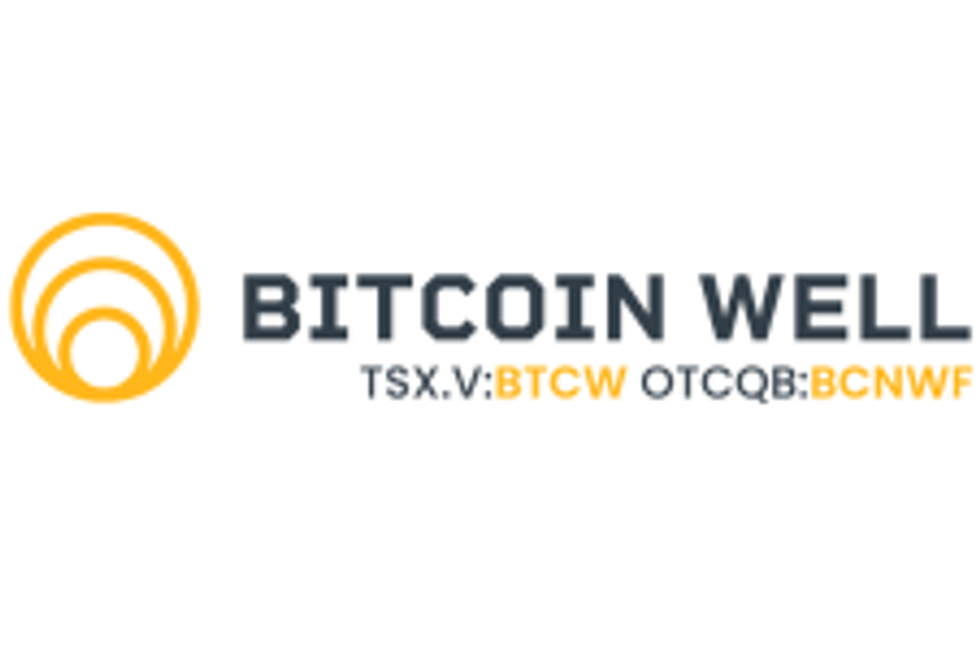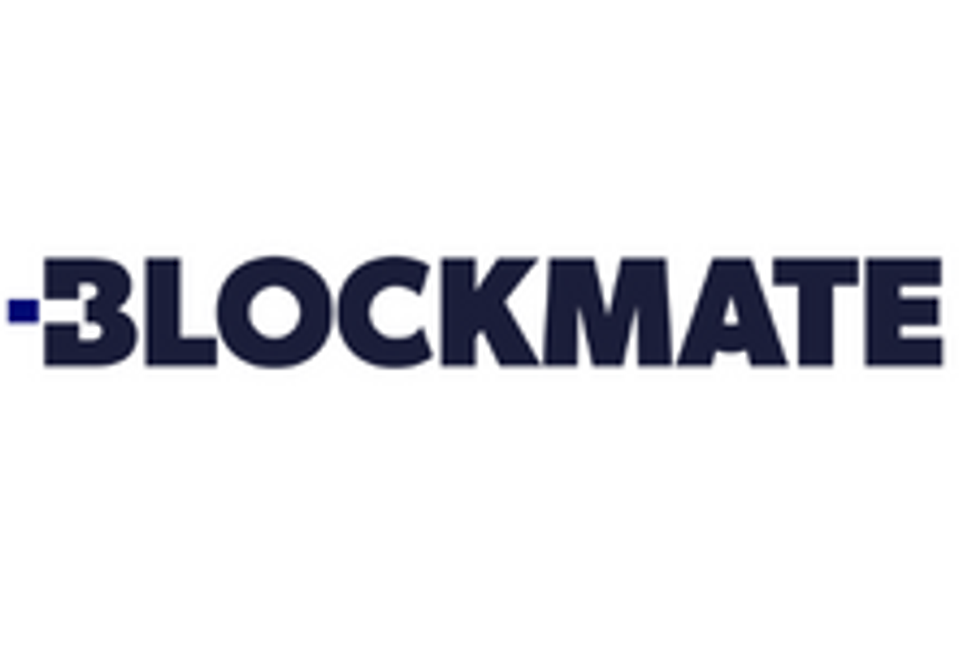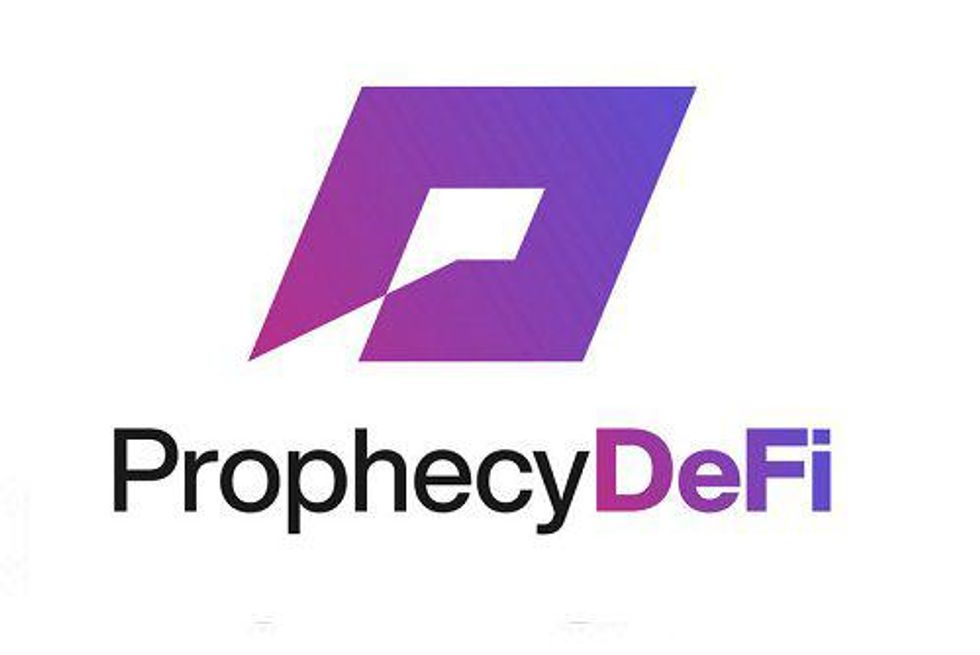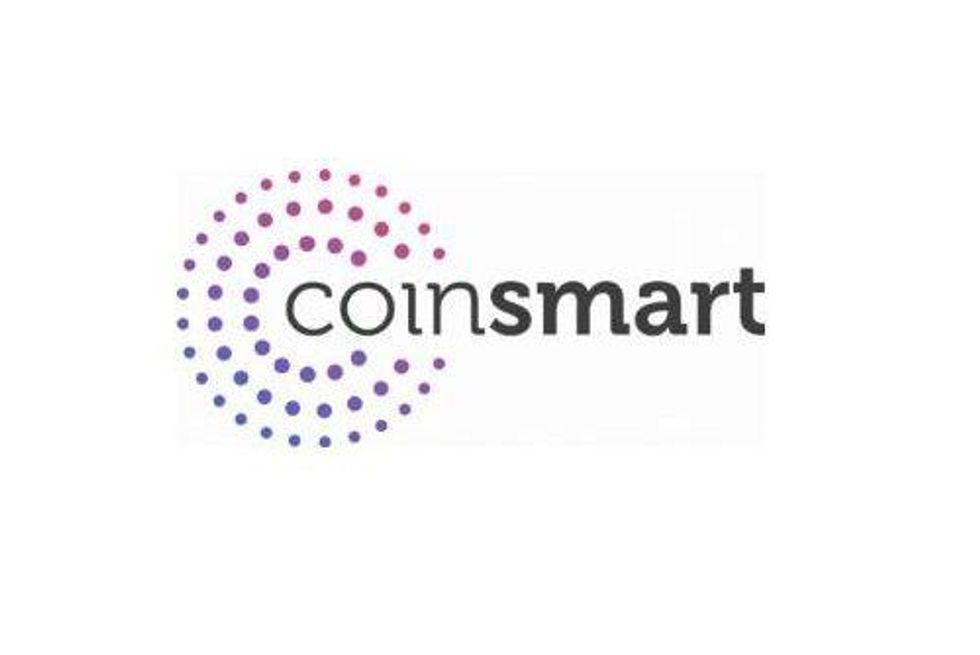How to Invest in NFTs: The Market and the Opportunity
NFTs are one of the latest innovations backed by blockchain technology. After a hot start, where does the market stand now?

The world of digital investments offers a near constant level of innovation, and recently blockchain technology has come together with art investing to create quite the hot market.
Non-fungible tokens, commonly known as NFTs, are the digital assets at the center of the latest investment trend. They’ve gained attention from tech-savvy investors and could lead to a new highly speculative digital age in art investment.
But as NFTs and their variants rise in popularity among both crypto enthusiasts and other investors, an intense debate is growing about the effects of NFTs and whether or not they're actually here to stay.
Here the Investing News Network (INN) takes a closer look at the NFT craze and the almost unthinkable amounts of money that were made by some early entrants.
What does NFT stand for?
As mentioned, NFT stands for non-fungible token. This description is apt for NFTs because they are unique digital assets, and when an item is non-fungible, it means it can't be copied.
What is an NFT?
NFTs are created around a specific item, whether it be digital or physical, and NFTs are bought using blockchain technology.
Some of the most popular NFTs include pieces of art such as images, videos and GIFs. The flexibility of NFTs has allowed for some offbeat choices, like when Jack Dorsey, the co-founder of Twitter (NYSE:TWTR), sold his first tweet for US$2.9 million.
These digital assets aren’t new, but the recent explosion in interest can be traced back to a growing understanding of blockchain technology and the way it can interact with established items or events.
Thanks to their one-of-a-kind status, NFTs appeal to collectors — authentication mechanisms allow for one buyer to stand alone as the sole owner. Those and other factors led to an initial burst of NFT activity back in 2021, with purchasers willing to pay major sums to acquire these limited digital assets.
What is NFT art?
The art market represents one of the most pivotal investment spaces in the world, with collectors and investors of all sizes duking it out for coveted pieces. Once NFTs entered the picture, it became clear the art world would never be the same — NFT art closely mimics the regular art world in the sense of valuing scarcity.
In March 2021, the digital artist known as Beeple, Mike Winkelmann, sold an NFT for US$69 million via British auction house Christie’s.
Noah Davis, a specialist in post-war and contemporary art at Christie’s, told the Verge the art piece from Beeple helped him see the potential attached to NFTs. “He showed us this collage, and that was my eureka moment when I knew this was going to be extremely important,” Davis said. “It was just so monumental and so indicative of what NFTs can do.”
\u201cChristie's is proud to offer "Everydays - The First 5000 Days" by @beeple as the first purely digital work of art ever offered by a major auction house. Bidding will be open from Feb 25-Mar 11.\n\nLearn more here https://t.co/srx95HCE0o | NFT issued in partnership w/ @makersplaceco\u201d— Christie's (@Christie's) 1613482541
In the NFT market, investors should be ready for anything to gain substantial value. For example, in 2021, an NFT of the shiba inu dog made famous by the “doge” meme was sold to a collective for US$4 million. One of the leads of the group, known as PleasrDAO, explained that an actual ownership stake in the digital asset would be offered to interested people through fractions.
“(I)t’s very much as if the Louvre decided to fractionalize the Mona Lisa and distribute a portion of it for the public to own. However, unlike at the Louvre, collective ownership of art is really only possible using crypto art,” Jamis Johnson, chief pleasing officer of PleasrDAO, said, according to a report from CNBC.
Pablo Rodriguez-Fraile, an art collector in the US, told Business Insider that myriad factors — including the price of Bitcoin, the ongoing effects of COVID-19 and distrust in the US dollar — have all helped fuel the boom in NFT excitement.
Expert voices give support to larger NFT opportunity
Abhishek Sinha, a partner at EY and the firm’s open banking and blockchain leader, previously told INN he is supportive of the idea of NFTs, which he believes bring a spotlight to blockchain technology.
However, he expressed reservations about the idea that there’s a 100 percent clear understanding of the NFT market.
“I’m not sure that everyone who was suddenly really interested in NFTs really understood what they were getting into and what the NFTs represented,” he said.
The expert thinks NFTs will play a greater role in the entire blockchain market. “Do we think that NFTs are here to stay, and they’re going to be a valid medium for value exchange? Absolutely. I think they’re just going to get a little bit more business as usual, a little bit more mundane, a little bit more boring, but a lot more essential,” Sinha said.
Arry Yu, chair of the Washington Technology Industry Association Cascadia Blockchain Council and managing director of Yellow Umbrella Ventures, told Forbes there’s still a lot people don’t know about the investment proposition of NFTs.
“NFTs are risky because their future is uncertain, and we don’t yet have a lot of history to judge their performance,” Yu said. “Since NFTs are so new, it may be worth investing small amounts to try it out for now.”
Evan Cohen, co-founder of Vincent, a search engine for alternative asset investing, wrote that investors need to be aware of the highly speculative nature of art investing, especially for digital assets. “When investing in collectibles it’s best to have a long time horizon, as the long-term appreciation tends to be a safer bet,” he commented.
Could NFTs face regulatory challenges?
It's clear the spotlight may have initially illuminated the NFT market a bit too brightly, as in mid-2022 the industry began to face questions about overexposure and whether the bubble in the sector had burst.
While it's difficult to make assured statements without more substantial data sets, the challenges for NFTs are increasing.
In September 2022, the White House released a dossier giving the public its early impressions of decentralized finance and other alternative technological investment tools. While the document is short on specifics, it does indicate a more expansive review is coming for NFTs.
"The United States will continue to monitor the development of the digital assets sector and its associated illicit financing risks, to identify any gaps in our legal, regulatory, and supervisory regimes," the government said. "As part of this effort, Treasury will complete an illicit finance risk assessment on decentralized finance by the end of February 2023 and an assessment on non-fungible tokens by July 2023."
The Internal Revenue Service waded into the NFT sphere in 2023's first quarter with a press release highlighting its intention to tax NFTs as collectibles.
What is the future of NFTs?
The drive for innovation in investing methods never ends, and now thanks to the blockchain opportunity, NFTs have captured the imagination of investors looking for a new marketplace.
Predicting the future is a fool’s errand, especially when it comes to investing, but the potential for NFTs seems to be there.
NFT trading and sales had a great start to 2023, according to NFT and decentralized finance tracking company DappRadar. In February, the NFT market surpassed US$2 billion in trading volume for the first time since May 2022.
“The increase in trading volume for NFTs in February highlights the growing interest in digital ownership, especially with the rise in cryptocurrency prices,” the firm said. “It’s expected that the NFT market will continue to expand as more industries embrace the technology and more people become aware of the possibilities of owning and trading digital assets.”
In its Q1 report, DappRadar reveals that trading volume reached a total value of US$4.7 billion on 19.4 million NFT sales in the first three months of 2023, up from a trading volume of US$1.9 billion on 18 million sales in the previous quarter.
Time will reveal the status of this marketplace and the viability it may have long term.
This is an updated version of an article first published by the Investing News Network in 2021.
Don’t forget to follow us @INN_Technology for real-time news updates!
Securities Disclosure: I, Melissa Pistilli, hold no direct investment interest in any company mentioned in this article.
Editorial Disclosure: The Investing News Network does not guarantee the accuracy or thoroughness of the information reported in the interviews it conducts. The opinions expressed in these interviews do not reflect the opinions of the Investing News Network and do not constitute investment advice. All readers are encouraged to perform their own due diligence.





